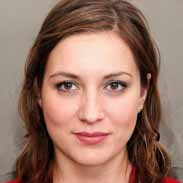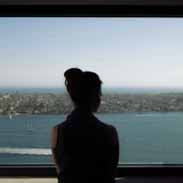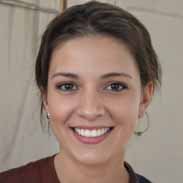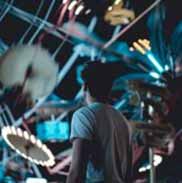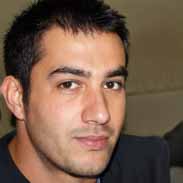Sequence Of Events Flashcards, test questions and answers
Discover flashcards, test exam answers, and assignments to help you learn more about Sequence Of Events and other subjects. Don’t miss the chance to use them for more effective college education. Use our database of questions and answers on Sequence Of Events and get quick solutions for your test.
What is Sequence Of Events?
Sequence of events is a way to order and describe what has happened in chronological order. It’s a powerful tool for understanding cause and effect, summarizing stories or events, and organizing ideas. Sequence of events can be used in many different contexts, from historical timelines to creative writing projects. The first step in creating a sequence of events is to determine the starting point. This could be an event itself (such as the start of a war), or it could simply provide context for the timeline (for example, the year 1900). Once you have your starting point determined, you should begin mapping out which other events occurred before that date, after it, or at the same time as it. Depending on what type of information you are trying to capture with your timeline such as dates associated with particular people or developments related to certain places this stage may require some research. Once you have identified all relevant facts about each event along your timeline, you will need to organize them into proper sequence based on their dates and times. For example, if two wars began concurrently but ended sequentially then they should be listed accordingly: War A beginning on June 3rd followed by War B beginning one week later on June 10th and ending six months later on December 18th while War A continues until May 15th of the following year. In this case there would also need to be further detail given about each war along with specific dates so that readers can understand why one war ended before another began or vice versa. Finally once all facts have been compiled into their appropriate sequence then additional details can be added such as images or descriptions that help bring those points alive within the narrative provided by the timeline itself. This might include information regarding key figures involved in these wars like generals or politicians who made major decisions during battles; photographs taken at significant moments throughout hostilities; maps showing troop movements; etcetera… These elements give viewers not only an informative overview but also add visual interest which often helps make complex topics more easily understandable for everyone interested in learning more about them.




